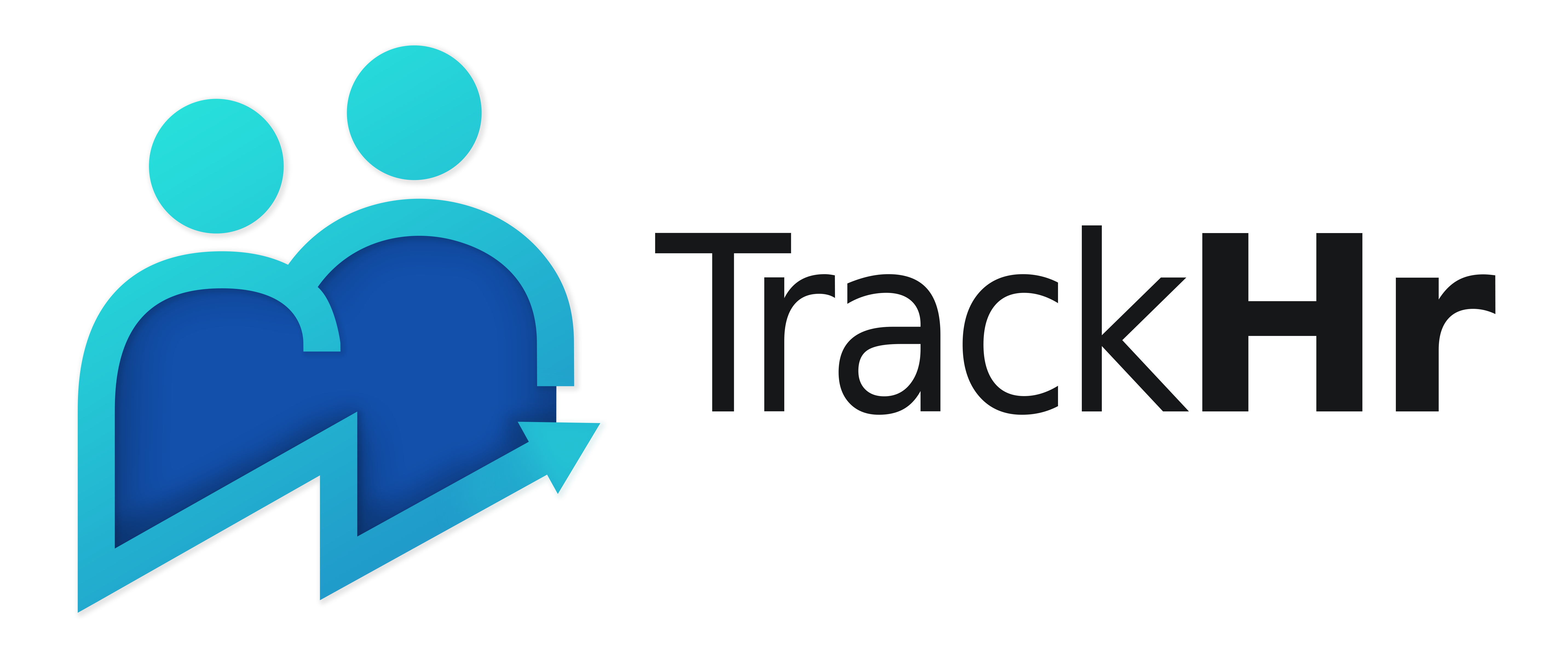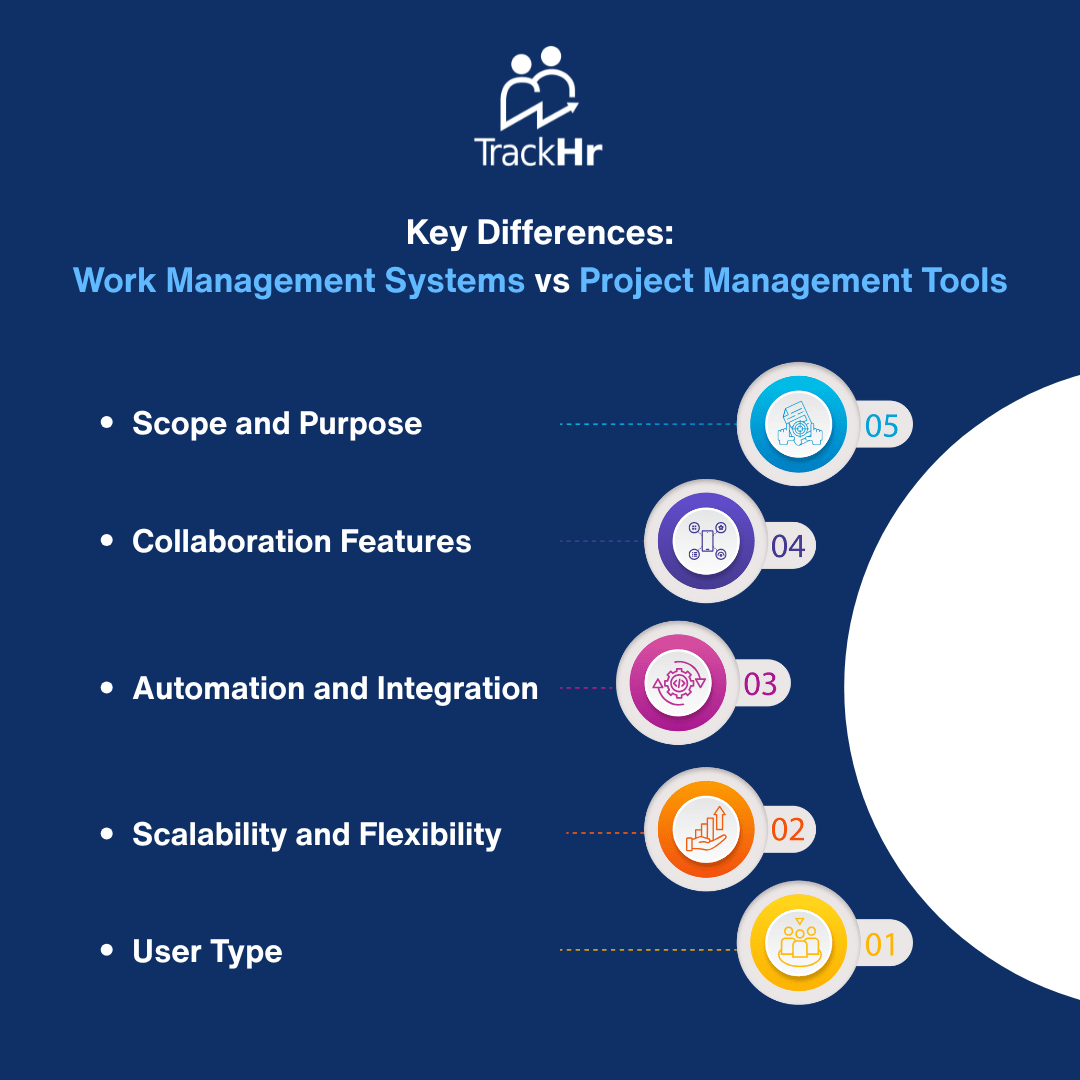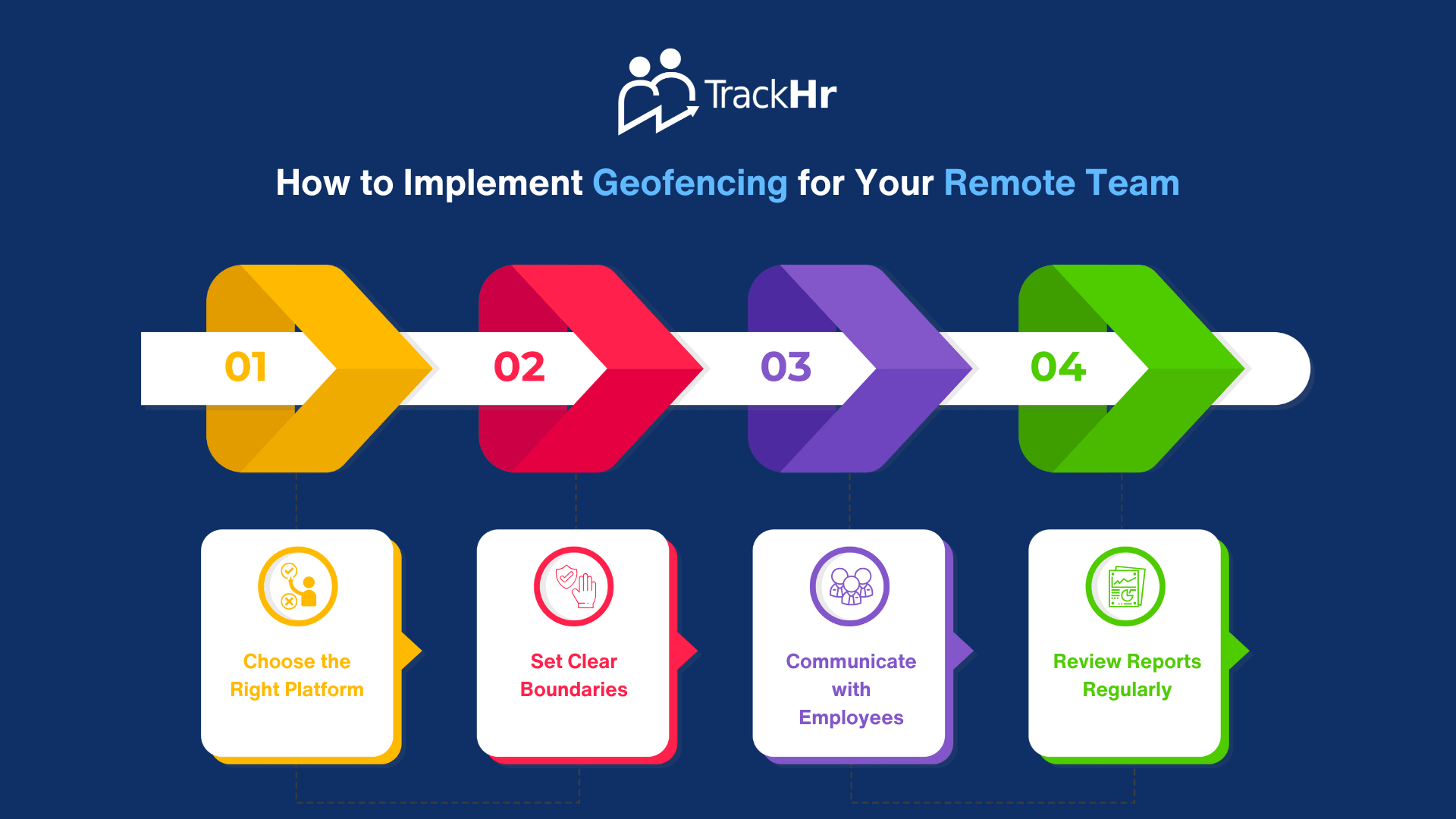Blog
Key Metrics to Track in Your Work Management System
- May 30, 2025
- 7:51 am

As remote work becomes a standard model for businesses worldwide, companies are increasingly looking for ways to monitor remote employees effectively. However, constant surveillance can lead to distrust, stress, and even legal complications if privacy is violated.
So how can businesses ensure accountability and productivity without crossing ethical lines? In this article, we’ll explore respectful, transparent, and effective strategies to monitor remote workers while preserving their autonomy and trust.
1. Focus on Outcomes, Not Activity
Rather than tracking every click or minute, shift your focus to results:
- Track task completion and deadlines
- Use KPIs and performance-based goals
- Rely on project milestones instead of constant surveillance
This outcome-driven approach empowers employees and aligns performance with business goals.
2. Use Transparent Monitoring Tools
Use software that provides clarity to both employers and employees:
- Inform team members about what data is being collected
- Allow employees access to their own metrics
- Choose tools that focus on productivity, not invasive screen captures
Examples: Tools like TrackHr and Time Doctor offer customizable transparency settings and focus on performance rather than surveillance.
3. Set Clear Expectations
Outline what remote work success looks like:
- Define working hours (if applicable)
- Communicate deadlines and deliverables
- Establish communication norms (daily check-ins, response times)
When expectations are clear, there’s less need for micromanagement.
4. Protect Sensitive Data
Privacy is also about security. Ensure your monitoring systems:
- Do not store unnecessary personal data
- Comply with GDPR, HIPAA, or local privacy laws
- Use encrypted channels for tracking and communication
Respect for digital privacy fosters trust and ensures compliance.
5. Encourage Self-Reporting and Autonomy
Empower employees to self-monitor:
- Use timesheets or daily status updates
- Offer dashboards for team members to track their progress
- Promote ownership of their schedules
This supports a culture of trust and accountability.
6. Provide Feedback and Recognition
Monitoring shouldn’t just be about oversight—it should lead to:
- Constructive feedback based on metrics
- Regular one-on-one meetings
- Celebrating achievements and milestones
Recognition boosts morale and makes employees feel valued.
7. Maintain Open Communication
Give employees a voice:
- Allow feedback on the tools used
- Create anonymous feedback channels
- Discuss any concerns openly
Two-way communication ensures transparency and mutual respect.
Conclusion
When done ethically, the effort to monitor remote employees can enhance productivity, foster trust, and create a transparent workplace culture. By focusing on results, respecting privacy, and maintaining clear communication, businesses can thrive in the remote work era without sacrificing employee well-being.
Final Thought
Balance is the key—monitor to manage, not to micromanage. Choose tools and strategies that support both performance and privacy.
Table of Contents
Exhausted from managing performance management manually?






